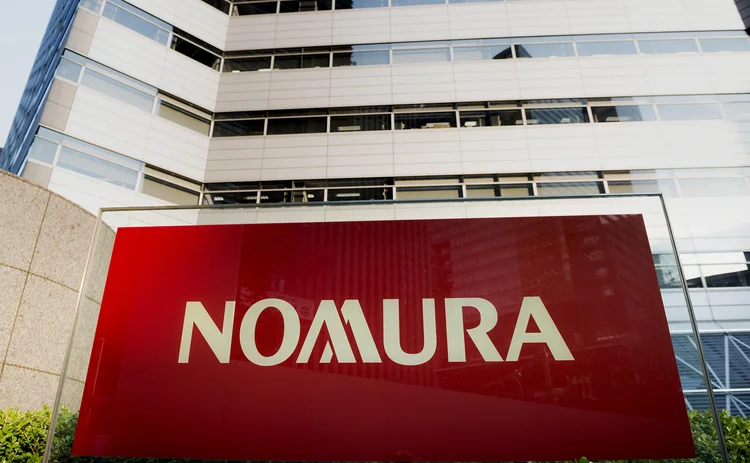Asia investors turn to inverse ETFs for hedging
Asian investors are increasingly turning to inverse and leveraged exchange-traded funds (ETFs) for hedging against stock market downturns. Douglas Yones, CEO of Direxion, reports that up to 20% of discussions with institutional clients now revolve around these products, a notable shift in focus.


The global post-trade network
Summary of OSTTRA's post-trade products and brands, designed to connect institutions across the capital markets to streamline post-trade processes, manage risk & optimise capital.
Transforming IRRBB into a strategic advantage
Regulatory mandates for Interest Rate Risk in the Banking Book (IRRBB) are often dismissed as bureaucratic hurdles. However, progressive financial institutions are discovering that these requirements can unlock transformative benefits – if they’re
approached strategically.


Is your ICAAP up to the challenge?
Ongoing geopolitical volatility has significantly impacted the banking sector – and continues to do so. Many banks are
looking at their Internal Capital Adequacy Assessment Process (ICAAP) and Internal Liquidity Adequacy Assessment Process (ILAAP) in a new light. Can their internal processes and systems address the greater uncertainty and ensure financial resilience and regulatory approval?
Solvency II proposal may boost insurer CLO investments
The European Commission’s proposed changes to the insurance framework under Solvency II could enhance the appeal of AAA-rated collateralised loan obligations (CLOs) to insurers. The Commission aims to reduce the capital insurers must hold against securitisation investments, addressing a significant barrier to investments in this asset class. The consultation period for these proposals ends on September 5.


Nomura wins NMRF reprieve from Japan’s FSA
Nomura has secured a temporary reprieve from a contentious aspect of the Fundamental Review of the Trading Book regulations, which mandates separate capitalisation for risk factors lacking observable pricing data. As the first bank to apply its own models under the new rules, Nomura’s relief stems from Japan’s Financial Services Authority (FSA) permitting certain non-modellable risk factors (NMRFs) to be treated as modellable based on market conditions or “other relevant circumstances”.
CVA risk hits record highs at DBS and UOB
Credit valuation adjustment (CVA) risk-weighted assets (RWAs) spiked at two Singaporean banks in the second quarter, reaching their highest levels since at least 2018. DBS Bank’s CVA RWAs climbed 12% to S$10.8 billion (US$8.4 billion), while United Overseas Bank (UOB) saw growth of 15.5% to S$4.1 billion.


More than arb: the short signals behind Jane Street’s India troubles
India’s markets regulator, Sebi, has accused Jane Street of manipulating the Nifty Bank Index on 15 different days, by building up positions in stocks and futures that were later liquidated, inflating the value of a much larger options position. Jane Street’s only public explanation has been a claim that it was employing a “basic index arbitrage” strategy for the opening minutes of January 17, 2024, but Risk.net analysis of Sebi data shows that explanation did not appear to hold over a longer time period, or on other days cited by the regulator.
